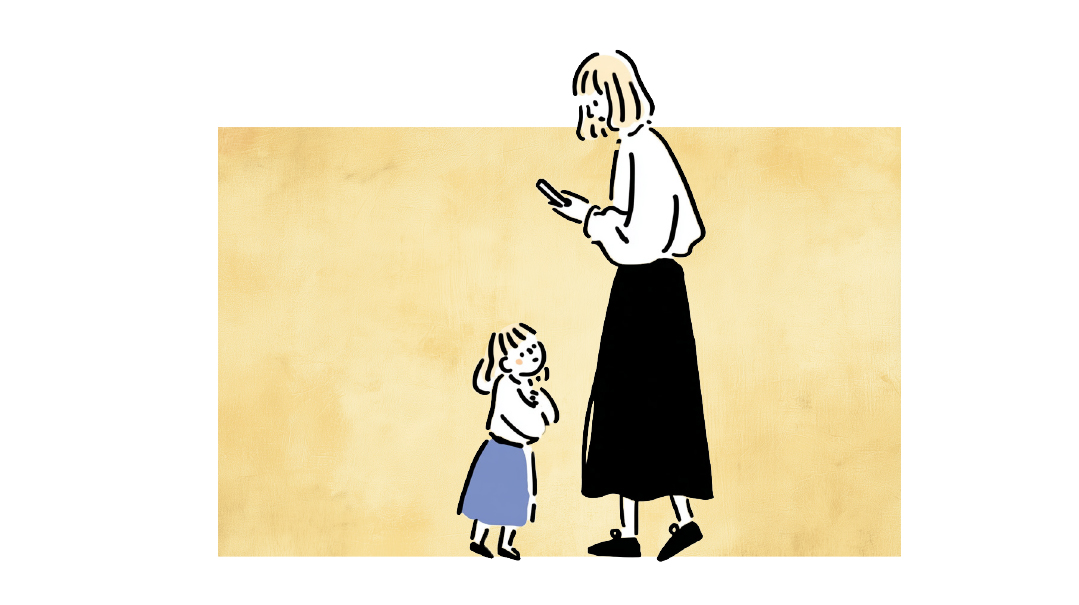Bottom Line


Teach kids to want to be kind — not just right
Recently, we looked at the common issue of sibling rivalry. A young child was humming at the kitchen table; another entered the room and asked his mother to make the humming stop because it was bothering him. Mom had to decide how to intervene: Should she ask the hummer to cease and desist or ask the complainer to work on his resilience?
Quick Fix or Big Picture Goals?
As we discussed, a clear grasp of the “big picture” goals will help the mother select an appropriate intervention. Without this knowledge, the parent may, in her desire for a few more minutes of peace and quiet, solve the immediate problem without addressing the larger issue.
For example, a parent might just tell both kids to stop fighting and hurry up and eat since it’s almost time for carpool, or she might offer a prize to the one who gives up and gives in first (“Look, I just want to drink my coffee in peace. Whoever gives in gets chocolate chips in his cereal this morning.”). That solution could be a simple matter of expedient bribery. Or it might in fact be part of the parent’s larger plan to encourage the trait of not standing on one’s “rights,” but rather being quick to give in, give up, and forgive the trait, in other words, of being mevater.
It’s easy to tell if the parent is rewarding desirable behavior — behavior that’s aligned with the parent’s primary values — or if she’s simply trying to put a quick end to the noisy argument unfolding over her breakfast table. In the first case, the parent would already have been teaching the children about this trait (through naming and describing it, providing examples, stories, and books on the subject, and modeling it for the children). In the second case, this morning’s chocolate chip competition would herald the first mention of the concept.
Education for Life
The truth is that sibling squabbles provide ripe material for learning basic relationship skills. Parents can use the fighting in order to teach the concept of being mevater, as we’ve just seen. As mentioned in the previous article, parents can also use sibling conflict to teach general consideration, sensitivity, and caring. Here’s how Mom might have done this in our earlier scenario. Listen in as she explains to the humming child why he should be the one to solve the problem:
“I understand you were humming before your brother entered the room, sweetie. And I understand what you mean when you say it isn’t fair that you should have to stop just because he came. The thing is, being a mensch is really important. Like this morning, when I met Aunty Rochel in the park with the babies — we were looking for a shady spot where we could sit down. There was an empty bench right under a nice big tree, so we sat down, but then the wind blew some cigar smoke our way. Aunty Rochel started to cough a little. Right away, the men nearby who were smoking apologized for us and stopped smoking.
They didn’t have to do that: They were there first! They decided to stop only because they were concerned that their smoke might be bothering us. We were so impressed with their consideration. That’s how we should really treat everyone — especially our family members!”
Ensuring Happy Relationships
It’s so important to teach children the value of being kind, thoughtful, and considerate — as opposed to being right, entitled, or otherwise unobligated to change. It’s a way of looking at things that will help ensure their happiness in the most important relationships in their lives. Sibling conflicts present an opportunity to instill and practice this concept repeatedly throughout the developmental years. In this particular version of the lesson, the parent is teaching the child not to impose on others.
It is equally important, however, to teach children not to be intolerant of others. Sometimes a child in the family is extremely controlling, constantly correcting the behavior of other family members. There are many reasons for this and as many possible interventions based on a different set of “big picture” goals. Difficult sibling interactions help parents establish many goals, based on the challenges that each child faces. Next time, we’ll explore the goals and strategies one might employ for addressing the education of the intolerant child.
(Originally featured in Family First, Issue 602)
Oops! We could not locate your form.




